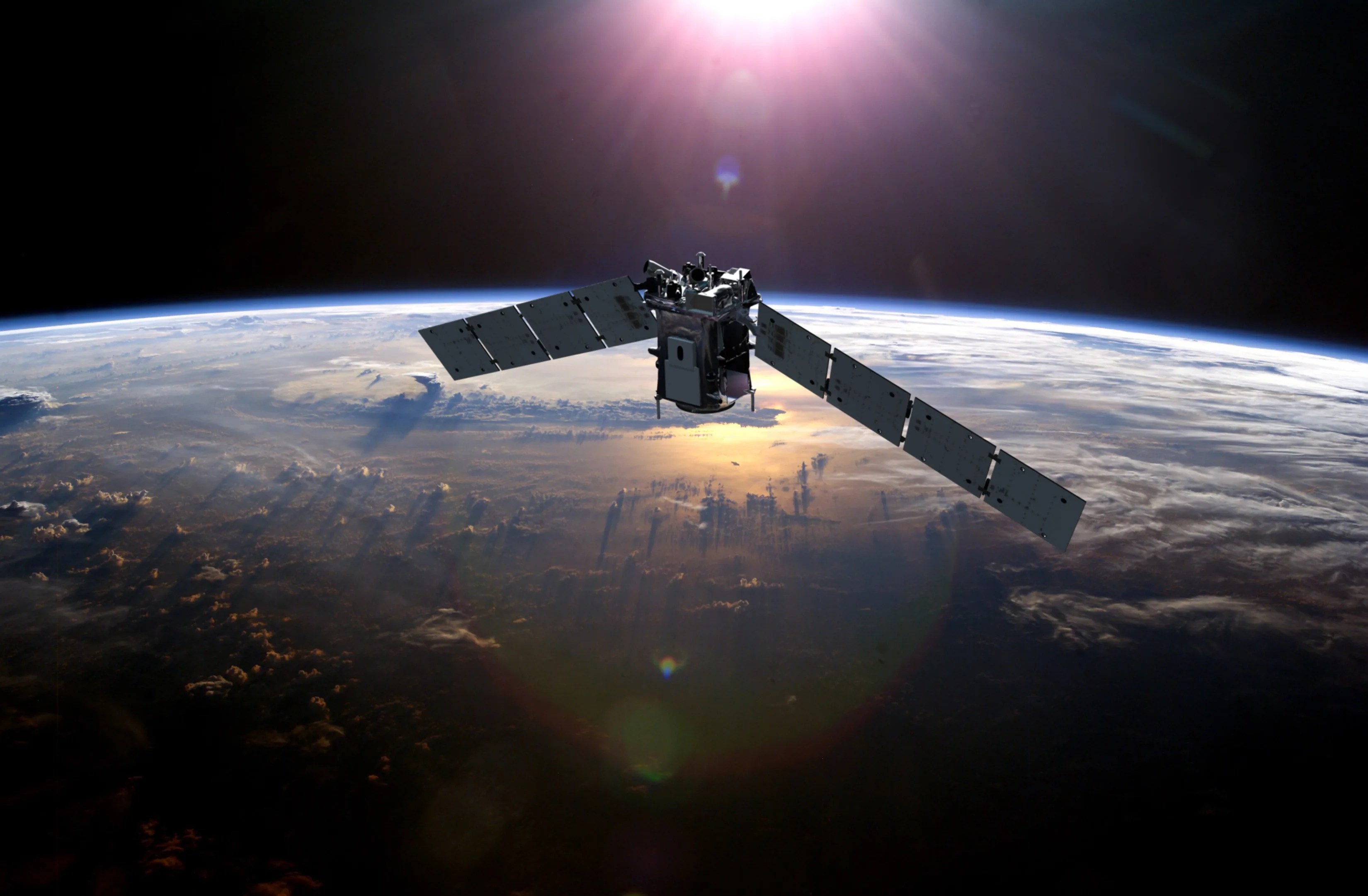I cannot find any references to TIMED being non-maneuverable. All NASA websites show it as operational. A satellite can't be operational if it can't orient itself.
We now deorbit satellites, but when these two were launched in 1997 and 2001 that was not the protocol.
As for the reference to being "clobbered", it is only because it is written from someone based in the US. If based in Russia it would say the Russian satellite got clobbered. Exactly the same, just two different views.
Rotational maneuvering is often accomplished using reaction wheels that are powered by the bird's solar panels and so don't run out of power until the panels die. While these can be used to keep antennas aligned properly, they cannot be used to adjust the orbit.
Satellites can still be operational without any maneuvering capability. They may lose some capabilities (high speed communication being the most critical), but they can often still be useful for some parts of their original mission. TESS is a prime example.
The Space.com article quotes NASA:
""While the two
non-maneuverable satellites will approach each other again, this was their closest pass in the current predicted orbit determinations, as they are gradually moving apart in altitude," NASA officials wrote..."
The article may be incorrect, but it is what I based my comments on.
It wasn't the protocol, but it should have been. From a "who to blame for a collision" standpoint, both nations are equally to blame.
I realize that painting the Russian object as the aggressor is simply a geopolitical affectation, but I'd prefer if Space.com would avoid such characterizations.



